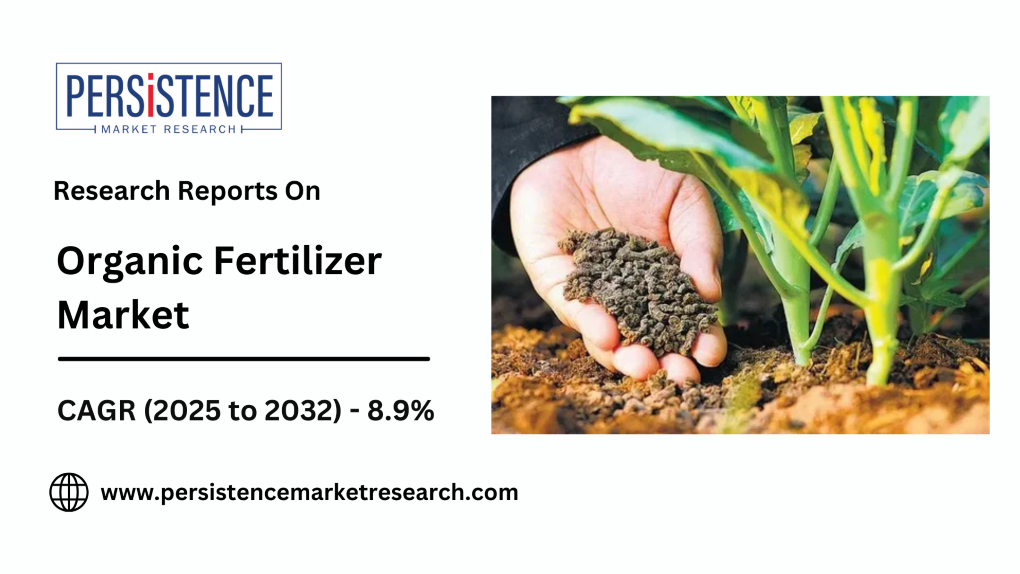Global Internet of Things (IoT) Market Set for Explosive Growth

Strong 8k brings an ultra-HD IPTV experience to your living room and your pocket.
The global Internet of Things (IoT) market is on the brink of explosive growth, with projections indicating a dramatic increase from $217.5 billion in 2024 to $779.3 billion by 2031. This robust expansion, driven by technological advancements and increasing adoption across various sectors, underscores IoT's transformative impact on the global economy and daily life.
Key Drivers of IoT Market Growth
Several factors are fueling the unprecedented growth of the IoT market:
Advancements in Connectivity: The rollout of 5G networks and improvements in connectivity technologies are enhancing the performance and scalability of IoT solutions. High-speed, low-latency networks are enabling more reliable and efficient communication between connected devices.
Increased Adoption of Smart Devices: The proliferation of smart devices, including wearables, home automation products, and connected appliances, is driving demand for IoT solutions. As consumers and businesses increasingly embrace these technologies, the market for IoT devices and services is expanding.
Technological Innovations: Advances in artificial intelligence (AI), machine learning, and edge computing are enhancing the capabilities of IoT systems. These technologies are enabling more sophisticated data analysis, real-time decision-making, and automation.
Growing Industrial Applications: IoT is transforming various industries, including manufacturing, healthcare, agriculture, and transportation. Industrial IoT (IIoT) applications, such as predictive maintenance, supply chain optimization, and smart grid management, are driving significant market growth.
Smart City Initiatives: The development of smart cities worldwide is a major driver of IoT adoption. Smart city projects that focus on traffic management, energy efficiency, and public safety are creating substantial demand for IoT solutions.
Government Initiatives and Investments: Governments around the world are investing in digital infrastructure and promoting IoT adoption through policies and funding. Initiatives aimed at digital transformation, innovation, and infrastructure development are contributing to market growth.
Regional Insights
The IoT market's growth is driven by varying regional dynamics:
North America:
Market Leadership: North America is a leading region in the global IoT market, driven by technological advancements, a strong focus on innovation, and significant investments from major technology companies. The U.S. and Canada are key contributors, with widespread adoption of IoT solutions across industries.
Europe:
Smart City Projects: Europe is witnessing substantial growth in IoT adoption due to smart city initiatives and industrial automation. Countries such as Germany, the UK, and France are at the forefront of IoT innovation, with a focus on sustainable and connected solutions.
Asia-Pacific:
Rapid Expansion: The Asia-Pacific region is experiencing explosive growth in IoT adoption, driven by rapid urbanization, industrialization, and government support. Countries like China, India, and Japan are major contributors to the regional market, with significant investments in IoT infrastructure and applications.
Latin America:
Emerging Opportunities: Latin America is seeing increased IoT adoption, particularly in sectors such as agriculture, healthcare, and transportation. Countries like Brazil and Mexico are investing in digital transformation and smart infrastructure.
Middle East and Africa:
Growing Market: The Middle East and Africa are emerging markets for IoT, with increasing investments in smart city projects and industrial automation. The region is experiencing growth driven by infrastructure development and technological innovation.
Market Segments and Opportunities
The IoT market encompasses various segments, each offering unique opportunities:
Consumer IoT: This segment includes smart home devices, wearables, and connected appliances. The growing demand for connected consumer products is driving market expansion in this area.
Industrial IoT (IIoT): IIoT applications, such as predictive maintenance, industrial automation, and supply chain optimization, are transforming industries and creating significant growth opportunities.
Healthcare IoT: IoT solutions in healthcare, including remote patient monitoring, telemedicine, and smart medical devices, are improving patient care and driving market growth.
Smart Cities: IoT applications in smart cities, such as traffic management, energy efficiency, and public safety, are creating substantial demand for connected solutions.
Agriculture IoT: Precision farming, crop monitoring, and livestock management are key applications in the agricultural sector, driving growth in the agriculture IoT segment.
Challenges and Considerations
Despite its rapid growth, the IoT market faces several challenges:
Security and Privacy: Ensuring the security and privacy of IoT data is critical. Addressing cybersecurity threats and implementing robust security measures are essential for protecting sensitive information.
Interoperability: The lack of standardized protocols can hinder the seamless integration of IoT devices and systems. Developing common standards and ensuring interoperability are important for market growth.
Infrastructure and Connectivity: While many regions are making strides in digital infrastructure, some areas still face challenges related to connectivity and network coverage. Addressing these gaps is crucial for supporting IoT deployment.
Regulatory and Compliance Issues: The evolving regulatory landscape for IoT requires companies to navigate complex compliance requirements. Establishing clear regulations and guidelines is important for fostering a conducive environment for innovation.
Future Outlook
The future of the IoT market is promising, with several trends expected to shape its growth:
Integration with Emerging Technologies: The convergence of IoT with AI, blockchain, and edge computing will drive new applications and use cases, enhancing the capabilities and value of IoT solutions.
Focus on Sustainability: IoT solutions will play a key role in addressing environmental challenges through smart and sustainable practices, such as energy management and resource optimization.
Expansion of IoT Ecosystems: The development of local IoT ecosystems, including startups, technology providers, and government programs, will accelerate the adoption of connected solutions and create new opportunities.
Advancements in Connectivity: Continued advancements in connectivity technologies, such as 5G, will support the growth of IoT applications and enable more efficient and reliable communication between connected devices.
Conclusion
The global Internet of Things (IoT) market is set for explosive growth, with projections indicating a significant increase from $217.5 billion in 2024 to $779.3 billion by 2031. Driven by technological advancements, increased adoption across various sectors, and substantial investments, IoT is poised to transform industries and improve quality of life worldwide.
As the market continues to expand, businesses, consumers, and governments will benefit from the innovative and connected solutions that IoT technologies offer. The future of IoT is bright, with opportunities for growth, innovation, and positive impact on the global economy and daily life.
Note: IndiBlogHub features both user-submitted and editorial content. We do not verify third-party contributions. Read our Disclaimer and Privacy Policyfor details.







